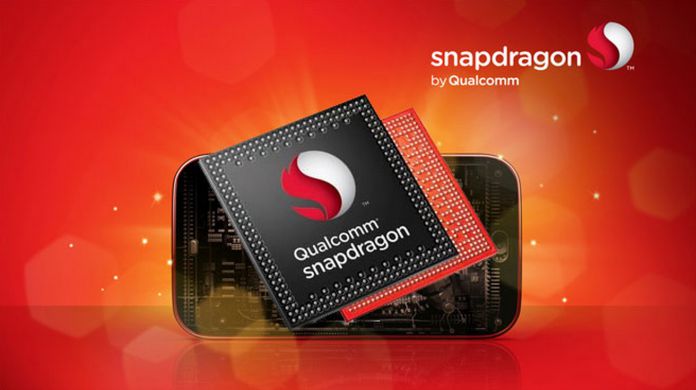“The final numbers aren’t in, but the battery life is really, really good. Amazingly good. To be frank, it’s actually beyond our expectations,” said the principal group program manager for connectivity partners to Trusted Reviews. “It’s the kind of battery life where I use it on a daily basis, I don’t take my charger with me. I may charge it every couple of days or so. It’s that kind of battery life.” As well as energy-efficiency, the tiny size of mobile processors leaves more space for other components. That includes a bigger battery, removing the constant struggle to find a socket while traveling. The new range of ‘Cellular PCs’ will utilize Qualcomm’s Snapdragon 835 processor and are expected to launch late this year.
Performance Concerns
Of course, though mobile processors are getting increasingly powerful, they don’t yet match the speeds of desktop ones. Add emulation into that equation, and it’s unclear how great performance will be. So far, we’ve seen Microsoft demo Photoshop with ARM and no noticeable performance hit. Intensive tasks like editing and rendering could be much more difficult and remain to be seen. Even so, Cellular PCs could change the way consumers think about computing. Rather than a separate device for work and home, you could plug a laptop into a monitor and use it all day. As charging often reduces battery longevity, we could also see devices that degrade more slowly and require replacement less often. The improvement will combine with changes to the OS on Microsoft’s end, which will further decrease the need to charge. Soon, we will see fanless Windows 10 PCs with LTE, and it’s sounding like an increasingly exciting concept.




